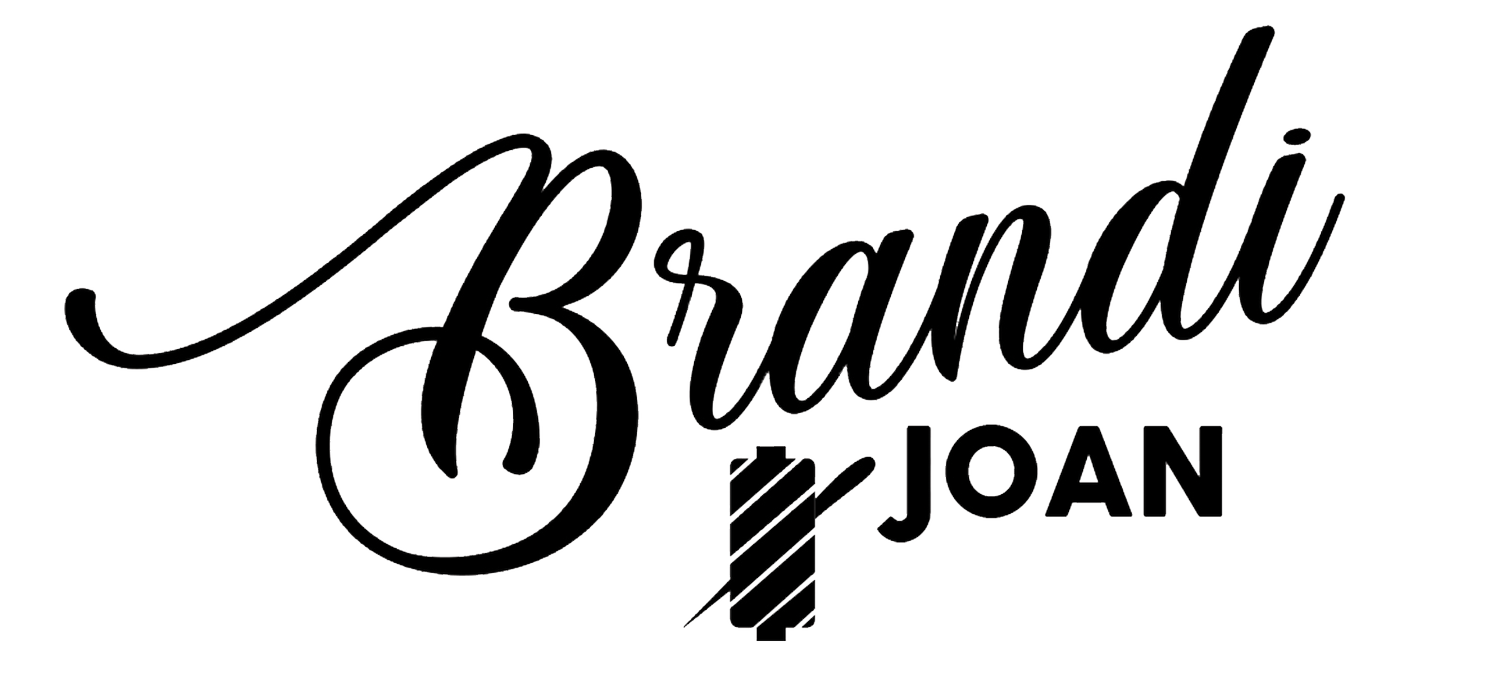Mastering the Bias cut
When a pattern is cut on the bias, it means that the pattern pieces are not laid down onto the fabric straight, but diagonally!
The bias can be any diagonal line, but the true bias refers to a 45 degree angle to the straight grain. See bellow.
BEST FABRICS TO WORK WITH
The diagonal direction of fabrics (the bias) has got greater stretch than the straight grain. Therefore garments that have been cut on the bias, drape softly over the body’s curves and accentuate them. You can work with many different fabrics for bias-cut garments, but it is recommended to use a light- to medium-weight fabric.
Making a bias cut garment can be difficult, so choose a fabric (and pattern) that won't present a problem. Cotton, linen, silk, and wool challis are all great picks for your first bias-cut piece;
Charmeuse (my favorite)
Satin
Crepe’s of all kinds
Chiffon
Georgette
Lightweight linen
Fabrics not suitable for bias cut
Try to avoid rayon, which tends to be stretchy and any fabrics with a tight/stiff weave;
Muslins
Canvas
Quilting cottons
Organdy
Cutting
It is very important to know, that you can not cut bias pattern pieces on the fold. To cut your fabric exactly, you need full pattern pieces that you can lay on one layer of fabric so there is no chance of the fabric slipping and distorting.
Because there are two true bias’, both 45 degrees to the straight grain; When deciding how to place your front and back pattern pieces, it is best to position them opposite to each other. This will make the garment balanced which means that it is not going to twist around your body when you are wearing it.
Use a lot of pins
Cutting pattern pieces on the bias requires a lot of patience and exactness. To make sure the fabric is not stretching as you lift it up a tiny bit to cut with scissors, you need as many pins as possible. If your bias is off, your garment will not fit well!
SEWING
Staystitch - a straight stitch sewn through one layer of fabric. It's most often used around a curve to prevent distortion
To stabilize your pattern pieces it is best to stay stitch all pieces 3mm / 1/8“ away from the raw edge. This will keep the pattern pieces from stretching during the sewing process.
Narrow zigzag
If your side seam stitching does not stretch with the fabric, it creates an unfortunate gathered effect. →
To avoid that from happening, it is best to use a very narrow zigzag stitch.
Don’t pull while sewing
Just like sewing knits, it’s important that you don’t pull your fabric while you are sewing. It is very easy to stretch bias-cut pattern pieces, so be extra careful. Don’t pull the fabric while sewing, you also shouldn’t let the fabric hang off the table while sewing (if possible)
Hang overnight before hemming
Before hemming your garment, it is very important to hang it overnight. After a day (24 hours), you might notice, that your fabric has stretched more on one side of the garment than on the other. This happens because the lengthwise grain fibers are twisted more tightly than the crossgrain fibers. Therefore the crossgrain fibres fall more easily. This is why the fabric stretches more and hangs longer at the hem on one side.
IRONING
Gently press one area with your iron then lift the iron off the fabric, move it to the next spot and press. Do not pull while ironing



